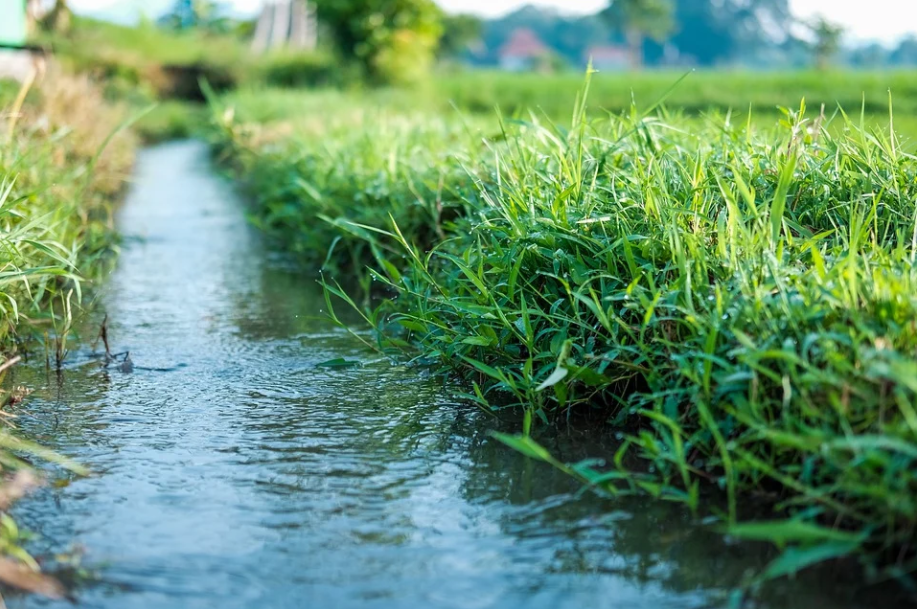By Shelia Axelsen
Graywater includes wastewater from showers, bathtubs, bathroom sinks and washing machines. With a three-way valve, wastewater can be diverted from the sewer system and instead used for landscape irrigation needs outside of the home. Utah categorizes toilet, kitchen sink or dish water as blackwater. Utah uses over 70% of its water as irrigation – so why not use recycled water? (Milligan, 2018).
It makes sense to me to recycle lightly used water for irrigation since vegetation does not need drinking water levels of treatment. If our local health departments signed on to approve graywater systems and support such systems, there would be more drinking water available.
Last summer, residents statewide observed more strict watering restrictions for their lawns and outdoor plants due to the drought. For those with graywater systems in place, the restrictions are less impactful on landscape plant health. According to the EPA, Utah and other Western states have some of the highest water consumption rates along with the driest conditions. High water consumption and dry conditions are contradictory and should not go together, but this is the case in Utah.
I have researched the Lake Powell Pipeline that is being proposed for the Washington County area. This is unnecessary if residents used a graywater system and other ways to conserve water, such as better slowing, spreading and sinking rainwater into the landscape and storing rainwater through catchment tanks. The pipeline will cost billions of dollars. Where does this funding come from? It comes from taxpayers. If there are simple solutions to this problem, I am not sure why only a handful of the 29 counties in Utah are implementing graywater systems.
The two main obstacles to implementing graywater systems are (1) health departments need to opt-in to approve graywater systems and (2) more plumbers need to be trained on how to install a graywater system. The solution for the second obstacle is simple. Plumbers need a 3-way valve, a rain shield and a couple of other pipes, and voila! A graywater system is installed. The question is: how are we going to overcome the obstacles for the first question? The answer is to write to or call local health departments in support of graywater systems, helping create a tipping point in political interest of the issue, and supporting provision of state and local funding and educational campaigns to encourage wide scale adoption.
Shelia Axelsen, Salt Lake County, is a former Carbon County resident and is studying for a graduate public policy certificate at the University of Utah. Dr. McCann, Professor of Environment and Society at Utah State University and Orion Rogers, the Southeast Utah Health Department Environmental Director, reviewed and agreed to co-sign this commentary.
- Shelia Axelsen


